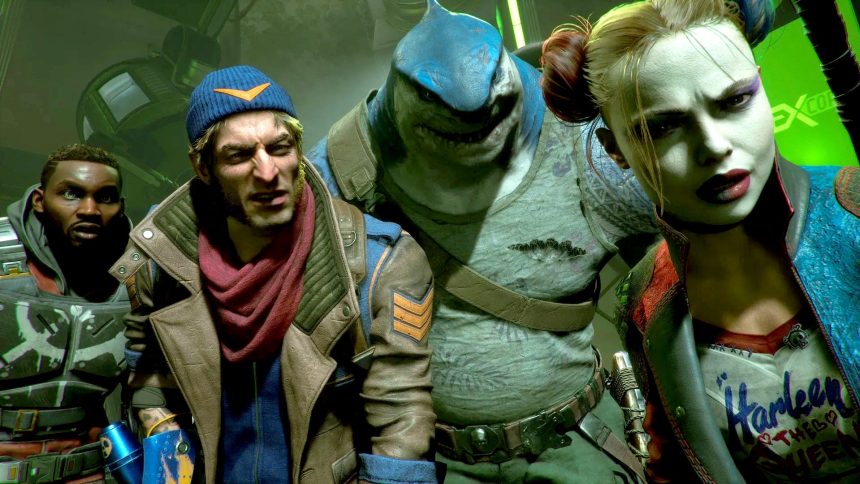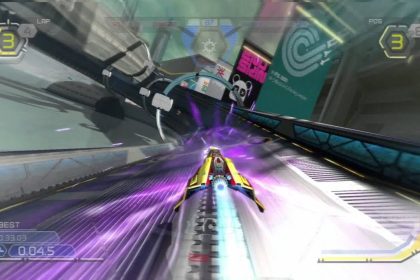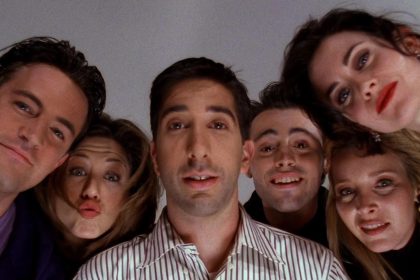Suicide Squad: Kill The Justice League faced an extended development cycle, controversy, delays, and a rocky preview period. Despite these challenges, my experience with the game turned out more positive than expected, with some caveats.
The game’s visual appeal, influenced by Rocksteady’s legacy, is evident in its character rendering. The characters exhibit high-quality rendering and performances, with impressive skin shading, hair rendering, and expressive facial animations. The post-processing, including bokeh depth of field and motion blur, is well-handled, contributing to visually striking cutscenes.
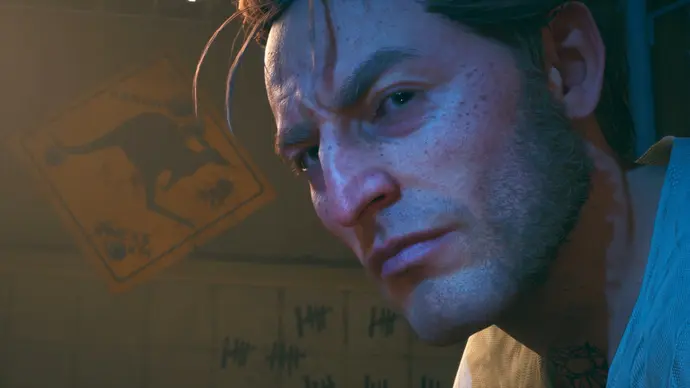
Upon entering the game, Metropolis presents a different aesthetic from Rocksteady’s previous work in Gotham City. The city offers a mix of verticality and platforming opportunities, resembling the Crackdown games. While the dense environment is impressive for an Unreal Engine 4-based game, some unevenness and clutter are noticeable, affecting overall contrast and creating a somewhat flat appearance.
The game maintains a steady 60 frames per second across all platforms, with quick loading times and a decent HDR implementation. Despite its visual appeal, Suicide Squad is not a groundbreaking game but rather a visually impressive one with quality cutscenes and a good-looking open-world environment.
On console comparisons, Xbox Series X and PlayStation 5 show minimal differences, while Series S exhibits some cutbacks in features like screen-space reflections. However, all versions suffer from juddering issues in cutscenes, impacting the smoothness of the gameplay.
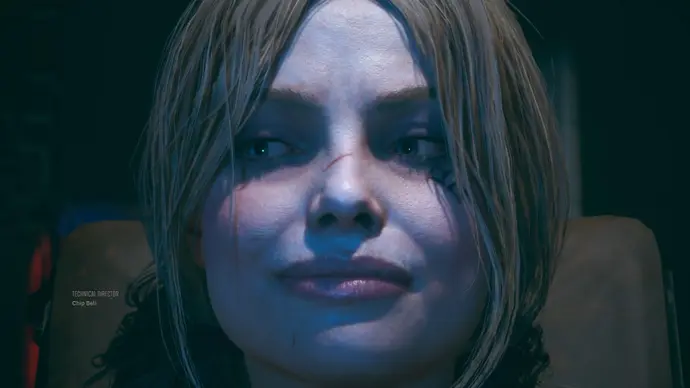
The PC version introduces additional challenges, including frame-time inconsistencies, stuttering issues, and the resource-intensive nature of ray tracing. The lack of clear information in the graphics options menu and the suboptimal performance on high-end PCs contribute to a less-than-ideal experience on this platform.
Despite its technical shortcomings, Suicide Squad offers an enjoyable experience with engaging gameplay, an intriguing story, and standout moments. The game falls short of Rocksteady’s Arkham titles but surpasses initial expectations. The prevalence of repetitive shooting sequences and the inclusion of loot elements may detract from the overall experience, but the art and technical teams deserve commendation for their work in delivering a visually appealing game.

